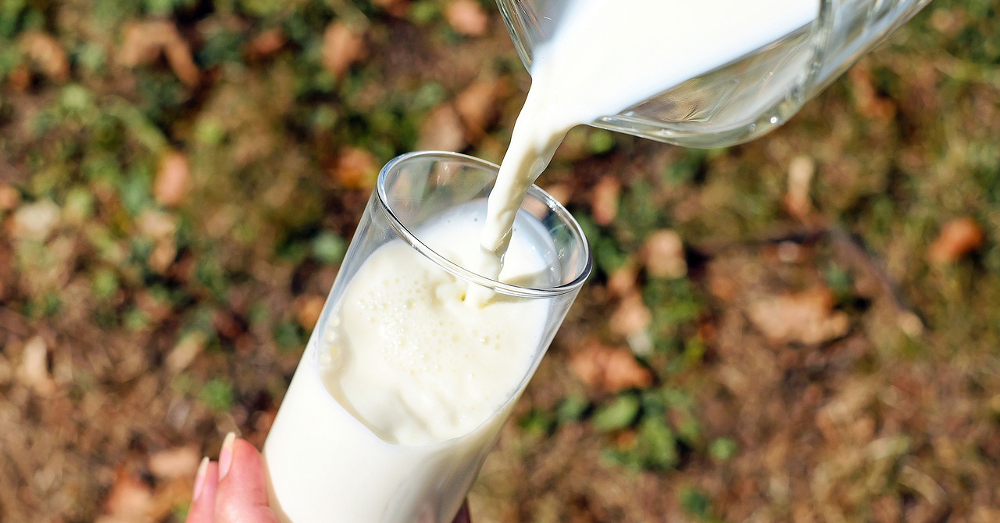
Why Your ‘Organic’ Milk May Not Be Organic
Stretching across miles of pastures and feedlots north of Greeley, Colo., the complex is home to more than 15,000 cows, making it more than 100 times the size of a typical organic herd.
But a closer look at Aurora and other large operations highlights critical weaknesses in the unorthodox inspection system that the Agriculture Department uses to ensure that “organic” food is really organic.
May 1, 2017 | Source: The Washington Post | by Peter Whoriskey
The High Plains dairy complex reflects the new scale of the U.S. organic industry: It is big.
Stretching across miles of pastures and feedlots north of Greeley, Colo., the complex is home to more than 15,000 cows, making it more than 100 times the size of a typical organic herd. It is the main facility of Aurora Organic Dairy, a company that produces enough milk to supply the house brands of Walmart, Costco and other major retailers.
“We take great pride in our commitment to organic, and in our ability to meet the rigorous criteria of the USDA organic regulations,” Aurora advertises.
But a closer look at Aurora and other large operations highlights critical weaknesses in the unorthodox inspection system that the Agriculture Department uses to ensure that “organic” food is really organic.
The U.S. organic market now counts more than $40 billion in annual sales and includes products imported from about 100 countries. To enforce the organic rules across this vast industry, the USDA allows farmers to hire and pay their own inspectors to certify them as “USDA Organic.” Industry defenders say enforcement is robust.
But the problems at an entity such as Aurora suggest that even large, prominent players can fall short of standards without detection.
